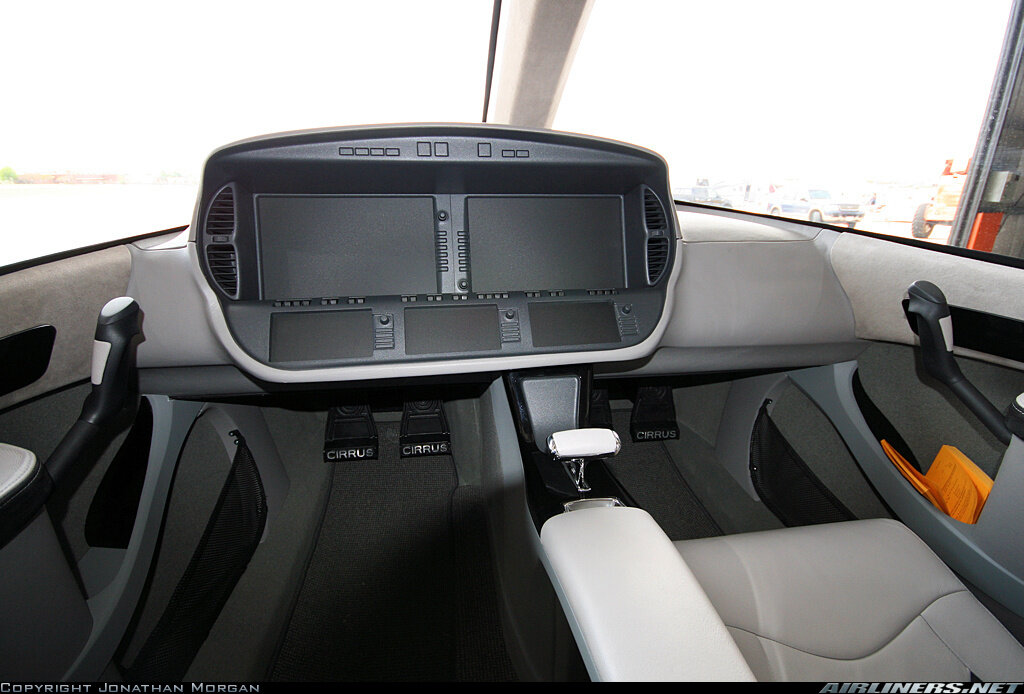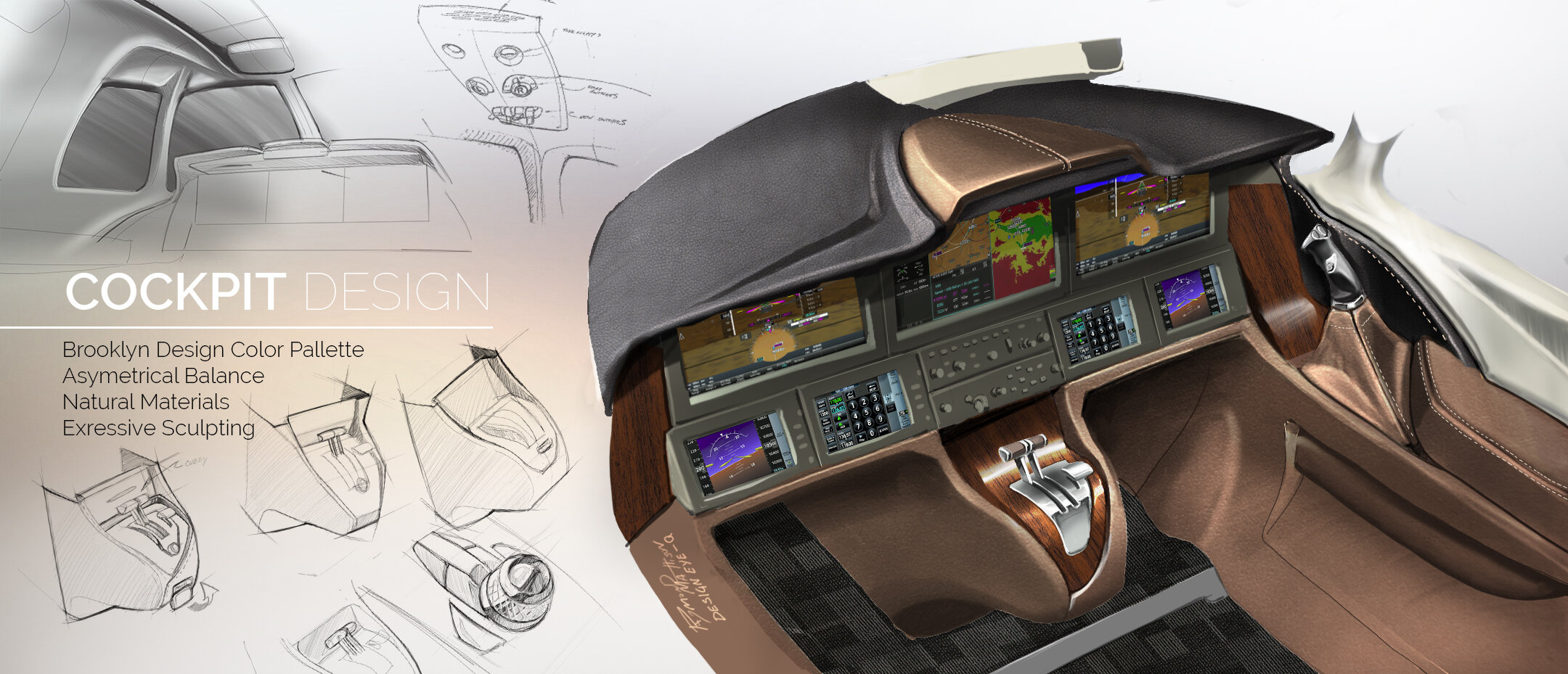Why Aviation Needs Industrial Design
Why Aviation Needs Industrial Design
Aerospace is an industry with a lot of design potential. Traditionally, aviation has prioritized pragmatism over innovation. Nowadays, younger and trendier millionaires want to buy private aircraft that look and feel like the newest electric cars -- inside and out.
When we first met Aviation
Ray, co-founder of Design EyeQ, started off in aerospace right out of college.
The industry as a whole hadn’t fully embraced industrial design. Aerospace engineers were typically in charge of a plane’s interior and exterior design. This meant that planes were safe, efficient, and fully functional...but not stylish. That is, until the Cirrus jet proved that style was indeed a selling point for would-be private jet owners.
Cirrus has been intentional in combining industrial design and aviation, particularly when designing luxury interiors. That is how Ray first started in aerospace: working with a team to design and craft the jet’s interior. Since the Cirrus jet, leaders in aerospace have started to invite industrial designers into the creative process.
Good design makes for good flight
Innovation for its own sake is never the goal in industrial design. That said, there is nothing more satisfying than making something better -- formatively, functionally, and aesthetically.
For that reason, we’ve found designing for aerospace really rewarding. From aircraft surfacing to cabin interiors, industrial design has an important role to play in improving general aviation standards.
Over the years, we’ve done a lot of plane interiors, as a typical engineer isn’t too concerned about the inside of the plane -- with the exception of the cockpit, of course. But even in that space, industrial design can play a vital role.
It’s unbelievable how uninspiring design can be while still functioning. Great industrial design is interested in creating something that functions intuitively -- like Apple products, for example. In aviation, the Human Machine Interface team (or HMI) needs an industrial designer to ask the question, “why though?”
Industrial design is the means through which a cockpit can be transformed from a thing of chaos to total zen. Without the “why” that drives industrial design, innovation would stall in industries like aviation.
The future of aviation is industrial design
It’s no secret that aerospace is about five or more years behind current trends, especially considering the rate at which technology is transforming design. Juggernauts of the industry may soon find themselves lagging too far behind.
Just like our cars, planes are becoming electric and autonomous. Pioneering aircraft companies like Wisk, Boom, and Joby are taking design approaches that could transform air travel as we know it. And the way things are going, that market segment will likely intensify. Leaders in aviation need to hire industrial designers who are tuned into these trends -- people who can shepherd the aircraft design, start to finish.
Our favorite part of the design process? When you throw out a new idea and everyone looks around the table at each other, thinking, “Now that sounds cool.” That’s when you know you’ve done something great. We love when our clients realize what seemed impossible can be done. The question then becomes, Are we brave enough to do it?
Interested in working with our studio?
Check out our aviation and automotive portfolios to see how industrial design really does make all the difference. Want to learn more about our airplane interior work? Contact us and we’ll send an example of a design brief that outlines our process.




